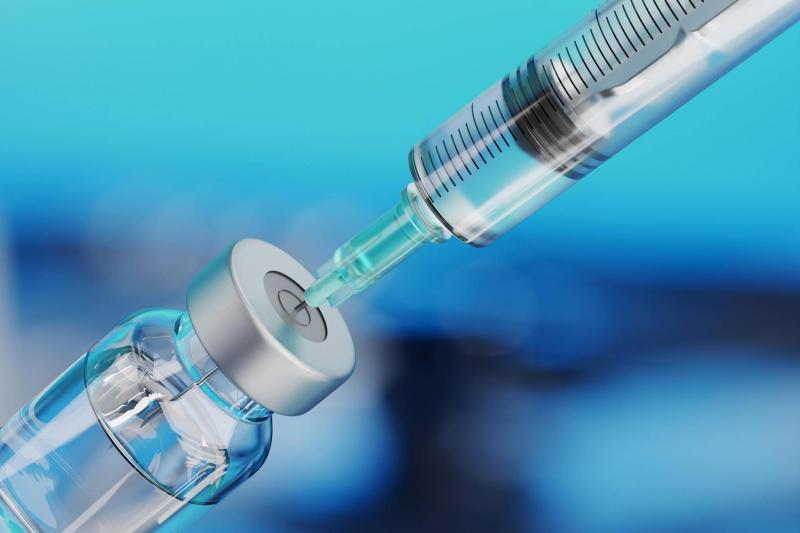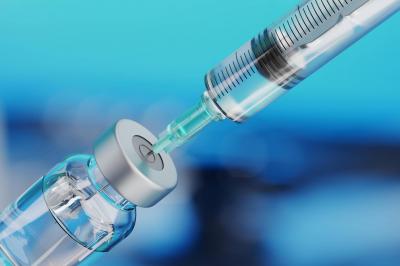Russian academic and head of the "Gamaleya" Center, Alexander Gintsburg, who is currently conducting preclinical trials on a revolutionary cancer vaccine, addressed some questions regarding the anticipated vaccine during an interview with a Russian media outlet, as reported by the newspaper "Vechernaya Moskva."
**How the Vaccine Works**
Gintsburg stated, "Our cancer vaccine is therapeutic, meaning it is designed for individuals who already have cancer. It is referred to as a vaccine because it is designed to activate our immune system. With its help, we will enable lymphocytes to recognize and destroy cancer cells. A customized vaccine will be produced for each patient using the same technology. Doctors will take samples from tumors and healthy cells, and researchers will compare them to identify the mutated parts, which will form the basis of the vaccine. Once introduced into the body, it will attract the attention of lymphocytes, which will then destroy the injected cells, memorize them, and begin fighting cancer cells. This mechanism has been successfully applied in laboratory animals, indicating that this method is promising."
**Types of Cancers Most Responsive to the New Treatment**
Gintsburg revealed the types of cancers most responsive to the new treatment, stating, "The success of clinical trials for the new vaccine will assist in combating various types of cancers for which there is currently no effective treatment, such as certain types of skin cancer, lung cancer, and pancreatic cancer, for example. In these cases, even traditional and reliable methods of surgically removing tumors do not yield effective results as relapses may occur later. The vaccine technique aids the patient's immune cells in recognizing and remembering cancer cells, allowing them to fight the disease if it arises again."
**Vaccination Injection Site**
Gintsburg mentioned that the vaccine will not be administered intravenously, as its composition would direct it to the liver, providing no benefit. It is preferable to inject it directly into the tumor if doctors can access it or intramuscularly. Studies have shown that this method will help distribute the medication evenly throughout the body, indicating its effectiveness.
**Number of Injections Required for Healing**
Gintsburg noted that the number of injections required will depend on the immune response in the body to the substances injected with the vaccine. It will be possible to include several different cells in a single vaccine, and the body's reaction will vary in intensity for each cell. A stronger immune response will generally require fewer injections. Treatment might involve one or two injections, but in cases of a weaker immune response, it would be necessary to increase the number of injections, though on average, it could require up to five injections.
**Adjuvant Treatment**
Gintsburg stated, "Initially, we believed that the vaccine could treat cancer on its own, but it has become clear that it will be more effective when used together with a known method in oncology called 'checkpoint inhibition.' Without the vaccine, when killer lymphocytes start affecting the tumor, proteins that halt the activity of these cells are produced. Therefore, antibodies were developed to prevent the tumor from releasing these proteins. This type of treatment should be applied alongside the use of the vaccine so that the trained lymphocytes can easily destroy the tumor."




